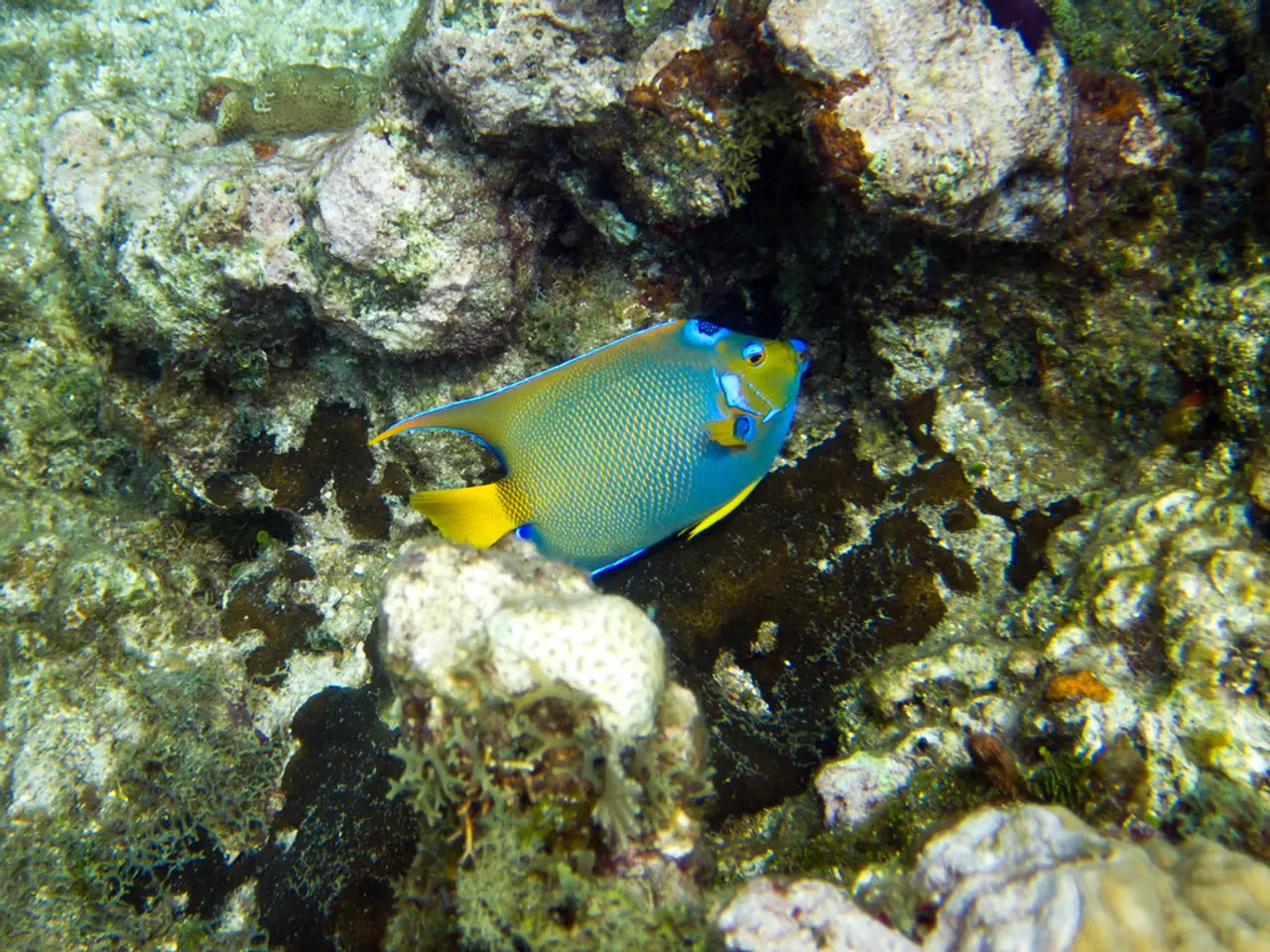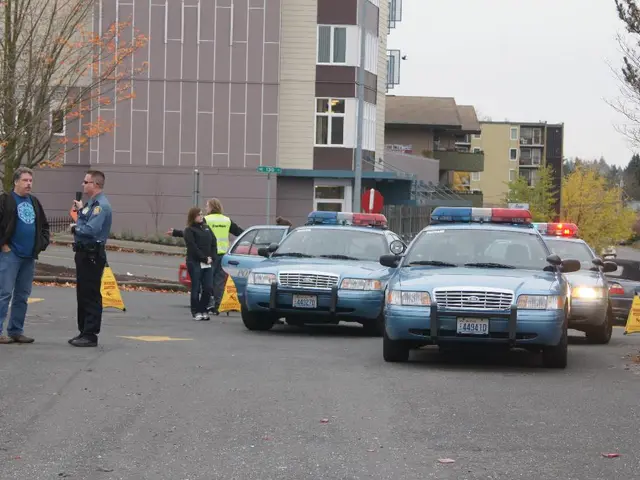Coral Reef Recovery Process Post-Bleaching Event Documented by State-of-the-art Virtual Technology
In a groundbreaking study, researchers from Scripps News and the University of California, San Diego (UCSD) have detected a dramatic recovery of coral reefs surrounding Palmyra Atoll, providing an important counterpoint to the general decline in reef health being reported globally.
The research, published on April 5, 2023, in the journal Coral Reefs, was funded by generous donations from the Scripps Family Foundation, the Bohn Family, the Wilson family, Marcia Grand, and several other anonymous donors to the Smith and Sandin labs between 2009-2018.
The project allowed researchers to virtually explore reefs, time-travel, track the growth and decline of individual colonies, and study spatial and temporal relationships across the reef. A key component of this research was the 100 Island Challenge technology, developed by a team including Vid Petrovic, Eric Lo, Chris McFarland, Hugh Runyan, and Dominique Meyer from UC San Diego's Cultural Heritage Engineering Initiative.
The 2015 bleaching event affected over 90% of the corals surrounding Palmyra Atoll. However, contrary to expectations, most of the corals recovered, with less than 10% dying. This recovery was observed even in areas where coral died and was covered with reef-smothering algae. Remarkably, researchers observed a replacement of the algae by pink crustose coralline within about a year, partly due to the health of the larger ecosystem and robust populations of herbivorous fish.
Traditional methods of measuring changes in coral reefs, such as transect sampling, were criticized for not showing the larger picture. The reef mosaics and VisCore technology, developed by the 100 Island Challenge team, allowed coral scientists to look at demographic cues in a vast area with greater precision. VisCore processed thousands of images for every 10 square-meter area of coral reef and turned them into 3D maps. Researchers used these maps, along with imaging software and 3D photo mosaics, to monitor the reefs and observe changes over time.
The colony-specific nature of the data gathered from the reef mosaics and VisCore technology can show regional and national trends. The research showed that the reefs of Palmyra Atoll did not suffer the same fate as many other reefs during the recent global bleaching event, despite extreme heating. This recovery provides a glimmer of hope for the future of coral reefs, which are under immense pressure due to human-influenced climate change.
Hundreds of videos generated by the researchers are available on YouTube for public viewing, offering a unique opportunity for anyone to witness the recovery of these vital ecosystems. The research team, led by Stuart Sandin and Jen Smith, continues to study the recovery of coral reefs and the factors influencing their resilience. As the fight against climate change continues, their work will undoubtedly contribute significantly to our understanding of these delicate ecosystems and the strategies needed to protect them.
Read also:
- Peptide YY (PYY): Exploring its Role in Appetite Suppression, Intestinal Health, and Cognitive Links
- Toddler Health: Rotavirus Signs, Origins, and Potential Complications
- Digestive issues and heart discomfort: Root causes and associated health conditions
- House Infernos: Deadly Hazards Surpassing the Flames








